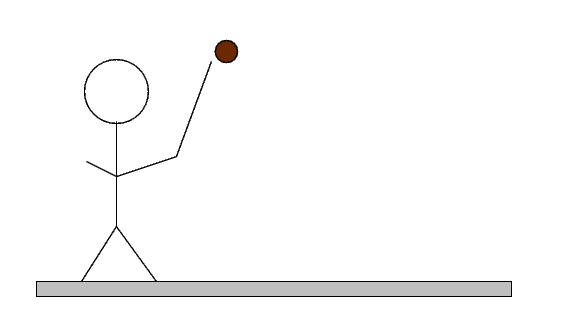
Humans are adapted to an environment in which objects accelerate downwards at a constant rate (which happens to be 9.8 meters per second squared). When we drop a ball, we expect it to approach the floor, going faster and faster as it falls.
Inside a space station, whether it is orbiting the Earth or floating freely in space far from any planet, the situation is quite different: objects released from rest .... just stay there.
This is
For some purposes, a weightless environment is just fine. For others, though, it really would be better to have some sort of "artificial gravity" to keep things from floating all over the place. Is there any way to make objects accelerate downwards in a space station?
Y E S ... thanks to
circular motion
Suppose that we build a space station in the form of a giant wheel, like these:

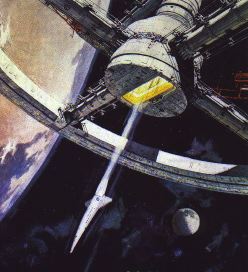
More info on DS9 and
"2001: A Space Odyssey"
If we spin the wheel around its center, then each little piece of the wheel must move in a circular path.
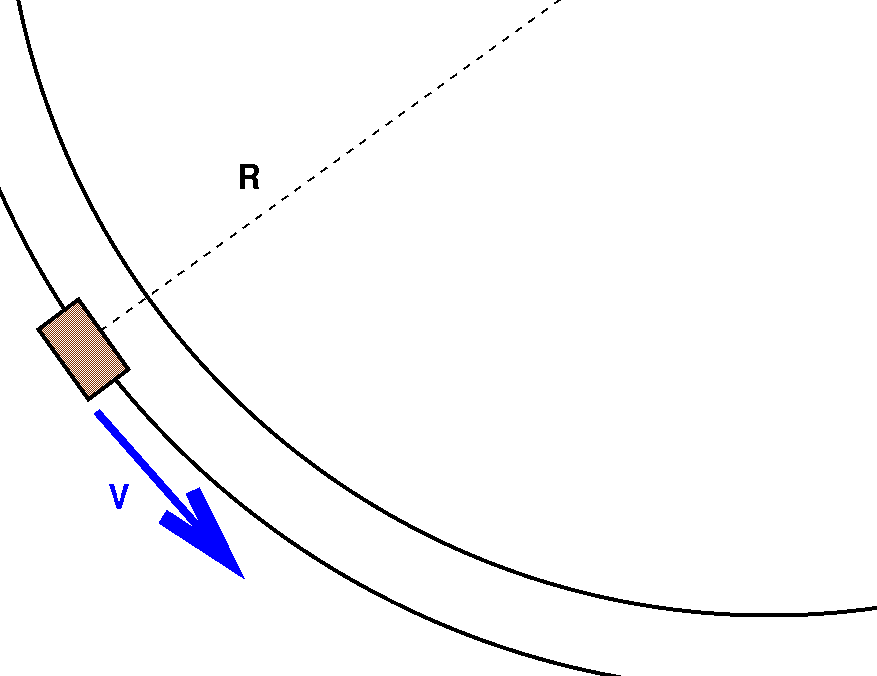
Given the wheel's radius R and period of rotation P, you can figure out the acceleration of each section of the wheel.
Q: What is the velocity of this section
of the outer rim of the station?
Q: What is the acceleration of this
section of the station?
Suppose that an person stands in this section of the station. Let's watch his motion as the station rotates a bit.
As the station rotates, he is carried along with it because his feet are touching the outer wall of the station. His velocity is NOT constant: although he maintains a constant speed, his path curves.
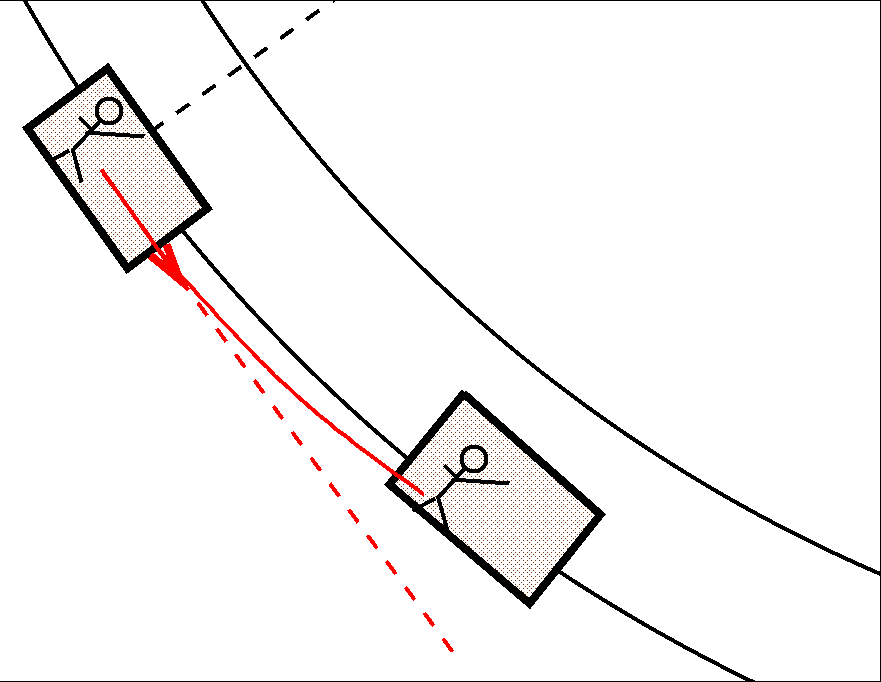
Let's watch again as he rotates past our view. This time, he holds a ball in his outstretched arm, then releases it. Since nothing is touching the ball, it DOES maintain a constant velocity, and continues moving in a straight line with a constant speed.
But this means that it eventually collides with the floor of the station, which has been moving in a curve.
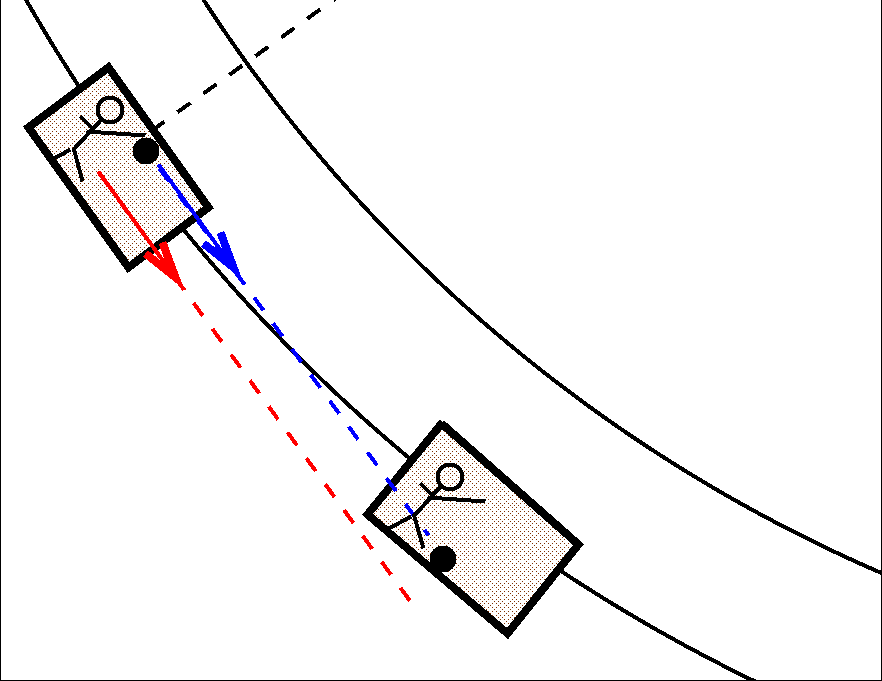
Now, from the point of view of the astronaut on a space station, he's just been standing still on the floor. After he released the ball, it fell downwards towards the floor, speeding up as it went.
Because objects aboard a rotating space station behave in a fashion similar (though not quite identical) to that on Earth, we can use the term "artificial gravity" to describe the environment on the station.
Q: We currently might be able to build
a station with radius R = 10 m or so.
Suppose we wanted to provide 1 gee
of artificial gravity by spinning
the station.
What would the period P of rotation
have to be?
How many revolutions per minute (RPM)
would this create?
It turns out that humans do not like being spun rapidly. You probably know this already.
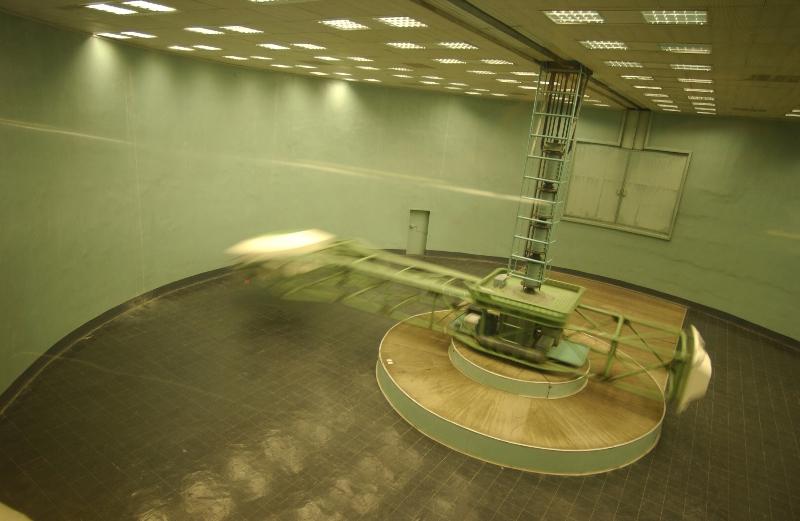
A cosmonaut testing facility at Star City
Most people suffer from motion sickness if they are spun at more than about 2 RPM.
Q: If we want to provide a standard
1 gee of artificial gravity, yet
spin no more than 2 RPM, how large
must we make our space station?
Does this sound practical?